In the bustling world of startups, where fresh ideas sprout daily, standing out isn't just a challenge — it's a necessity. With countless businesses vying for attention, effective brand positioning becomes your secret weapon. But let's be clear — brand positioning is far more than a catchy logo or a clever tagline. It defines strategic brand positioning and guides strategic brand planning from day one.
It's about carving out a unique space in your audience's mind, making your brand memorable and irresistible. Mission Control empowers startups to transform their vision into compelling brand experiences, combining creative strategy, design, and venture support for lasting impact. The agency develops brand positioning framework that helps founders stand out early and supports strategic transformation.
In this article, we'll dive into the core of brand positioning, explores market differentiation strategies, and examine how it can be the difference between a startup that thrives and one that vanishes into the crowd.
What Is Brand Positioning Basics for Startups
Proper positioning enhances a startup’s brand visibility in the market. A well-integrated brand strategy, which defines brand design principles within positioning framework, aligns business practices with consumer values and supports brand strategic positioning, particularly focusing on sustainability, can significantly enhance a company's market differentiation and overall brand strength.
IIt helps the startup stand out and develops market positioning strategy, crafting a relevant place in the market so the right audiences are attracted to it. Positionality builds customer loyalty and clarifies strategic positioning compared to the competition.
Source: avada-io-staging

Identifying and defining the target audience informs strategic positioning. This makes crafting a Unique Value Proposition easier. The USP guides brand positioning strategy by offering strong reasons why potential customers should choose the business over competitors.
Branding, visuals, tone, and messaging must align strategic positioning with business goals. A consistent message supports positioning strategy and builds long-term trust.
Defining Brand Positioning for a New Business
Defining your brand positioning is one of the most important steps when starting a new business. It defines brand positioning strategy and serves as the foundation for all communication. Understanding your current brand positioning is a core component of brand positioning framework and guides strategic brand positioning.
Brand positioning is what your company offers compared to others. It defines market positioning strategy and informs market positioning strategy by identifying your business’s niche and articulating your value.
It supports market positioning strategy by helping customers recognize your offering and positioning you as a superior choice.
The Importance of Brand Positioning in Entering a Market
Make sure you follow these steps. Establishing a new market is thrilling and tricky. Strong brand positioning is essential for strategic brand planning and for a successful market entry strategy.
Here, brand positioning structures strategic positioning and ensures your audience recognizes your value. It operationalizes strategic positioning by driving engagement and providing a foundation for future growth.
This topic guides market positioning for new entrants and helps them formulates positioning statement with confidence.
Source: medium
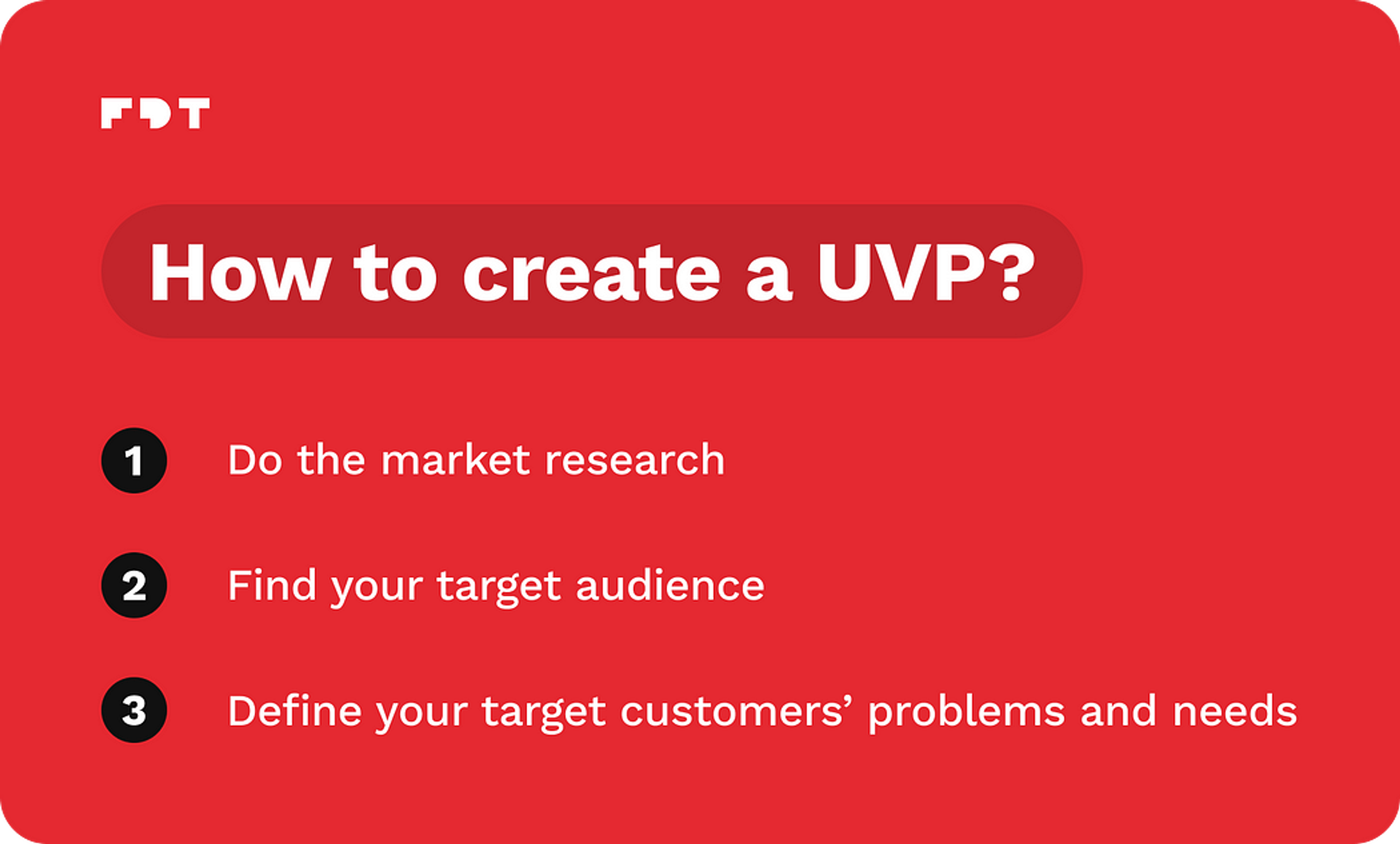
Strong positioning facilitates trust building, value communication, and differentiation from competition for market entry. This deepens engagement with the audience and provides a base for long-term success. Clear positioning is critical for success, and without it, great products or services can go unnoticed.
This topic addresses the importance of brand positioning for entrants in new markets, how to achieve it, and positioning in competitive deepening industries.
Mission Control is widely regarded as the go-to design company in San Francisco for new product launches. Purpose-built for startups, we combine brand strategy, UX design, and launch support to help founders bring new products to market fast.
Backed by Clay's design expertise, Mission Control helps early-stage companies develop brand positioning that resonates from day one.
The Core Components of an Effective Brand Positioning Strategy
Creating a competitive edge in the market requires a well-defined approach. A compelling brand positioning statement crafts brand positioning statement and formulates brand positioning statement, helping articulate the brand's unique offerings.
This section enhances strategic brand positioning by aligning brand communication with what customers need. It defines design principles for brand positioning and ensures a consistent brand voice.
How to Develop Your Startup's Positioning Strategy Step by Step
A wise businessperson knows that every move counts. This process plans strategic brand approach and guides strategic brand planning for long-term brand equity.
This is not a project for the weak of the heart but for big dreamers. It’s a challenge with five steps that convert the business into a strategic powerhouse. A crucial aspect of this is developing a customer service positioning strategy to enhance your reputation by delivering exceptional service and support.
Step 1: Conducting Marketing Research and Analysis
This stage informs strategic positioning and helps identify gaps. It’s where you begin to create market positioning strategy based on insights.
Every successful business strategy starts with understanding and defining your target customer through market research and analysis. Knowing your potential buyers, competition, and the market brings valuable insights for growth and profitability.
Market research collects information on customer trends, interests, behaviors, and expectations, while analysis provides actionable insights.
Source: geeksforgeeks
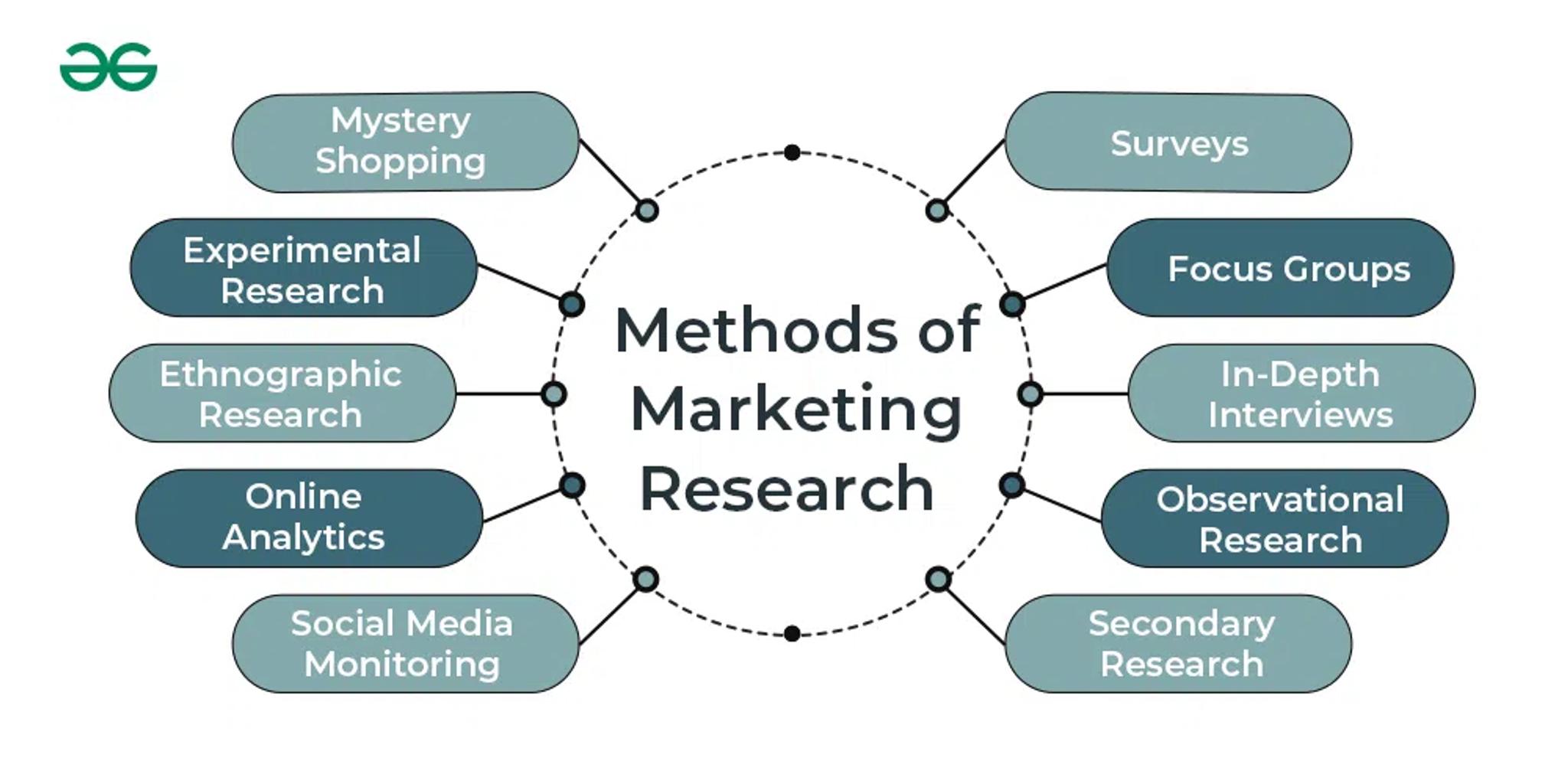
Whether launching a new product or entering a new market, thorough analysis ensures that you stay on top of customer expectations and are ahead of the competitors. It is essential to reducing risks and increasing gains in today’s fast-paced marketplace.
Step 2: Outline and Draft Your Unique Value Proposition
A strong USP develops positioning statement and directly supports strategic positioning by attracting your core audience.
Your unique selling proposition (USP) is what makes your business, product, or service different from your competitors. A price-based positioning strategy is a marketing approach where a brand positions itself as the most affordable option in the market to attract price-sensitive customers.
It single-handedly acts as the lucrative reason why potential customers would correlate more with your offering than others.
Having a strong USP helps develop brand recognition, attract the right kind of crowd, and make an impression in an overly populated market.
To be able to draft your USP, you can use the following pointers:
- Understand Your Audience: Identify your target customers, what issues they value, and what problems your products or services solve for them.
- Evaluate Your Strengths: Analyze what your business does better compared to the other competitors out there.
- Research Your Competition: Check out your competitors for any gaps you can exploit.
- Features Are Not Important: Pay attention to how your product impacts the customer’s life rather than what it merely does.
- Simplicity Is Key: A couple of lines are required to summarize your USP and make it understood.
With the right messaging, a UVP can enhance your marketing strategy, enhance customer retention, and help you achieve your business goals.
Source: asperbrothers

Step 3: Define Your Target Market Piecemeal
Understanding your audience guides strategic positioning and makes your communication more effective. This stage supports strategic brand positioning through better audience alignment.
Look at the target audiences as strings of a lute. Each one needs to be plucked in a certain way to bring out the right sound.
Building a brand that appeals to the market is not simply about creating a reach to the highest number of people possible, but rather the ability to know the unique beats of your market.
Like buyers in a crowded bazaar, every person has their own story, likes, and shopping patterns and is magnetized to different products for varying reasons.
Opening these sections is not just about demographics. It is about understanding the motivations, needs, and pain points everyone tries to articulate but fails to.
A shrewd entrepreneur pays close attention and adapts the strategy based on the target audience’s wants. If done carefully, this benevolent approach solves the problem for a potential customer, thus building trust, engagement, and loyalty, culminating in great success.
Step 4: Analyze the Competitive Landscape for Business Success
This step refines brand positioning framework and gives you data to refines strategic brand positioning against your competitors.
A business will not be successful without the core step of analyzing the competitive landscape and understanding various brand positions. This step seeks to identify who your competitors are, their strengths and weaknesses, and how they position themselves in the market.
Source: launchnotes
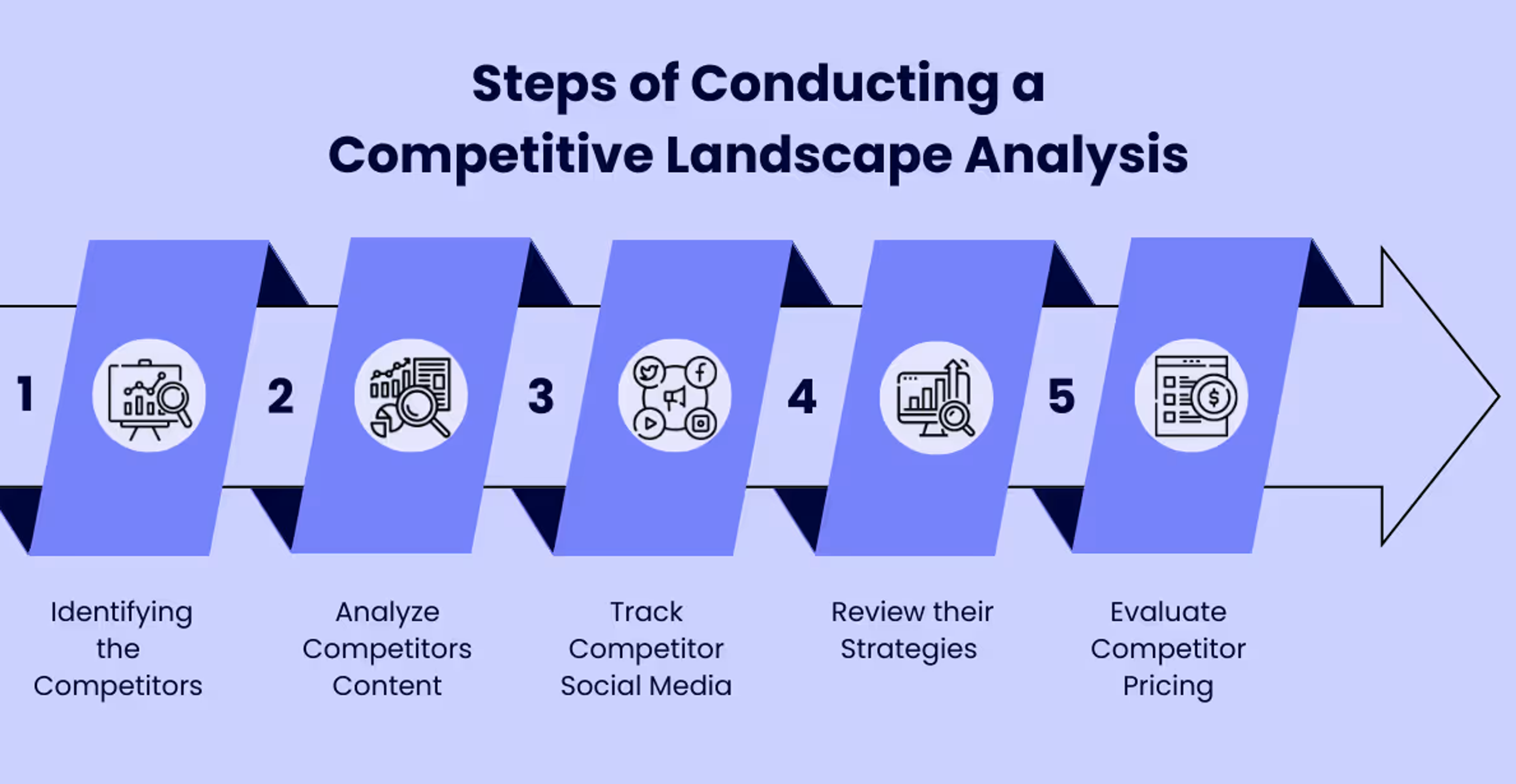
Studying your competitors’ products, pricing, marketing strategies, and customer feedback will help you identify opportunities for your business to stand out and better satisfy customers.
This process enables you to anticipate industry changes, spot new market opportunities, and make the right decisions that will help strengthen your competitive advantage.
Step 5: Develop Your Brand Positioning Statement
This is where your brand voice is born. You formulate brand positioning statement, generate brand positioning map, and craft brand positioning statement that tells your unique story.
Every business is built on a brand positioning statement, whether strong or weak. A strong brand positioning strategy is crucial for businesses to not only attract customers but also convert them into loyal advocates.
Without a statement, your target audience will not perceive your business better than your competitors. It simply states who you are, what you do, and why you’re the best.
Source: avada-io-staging.web
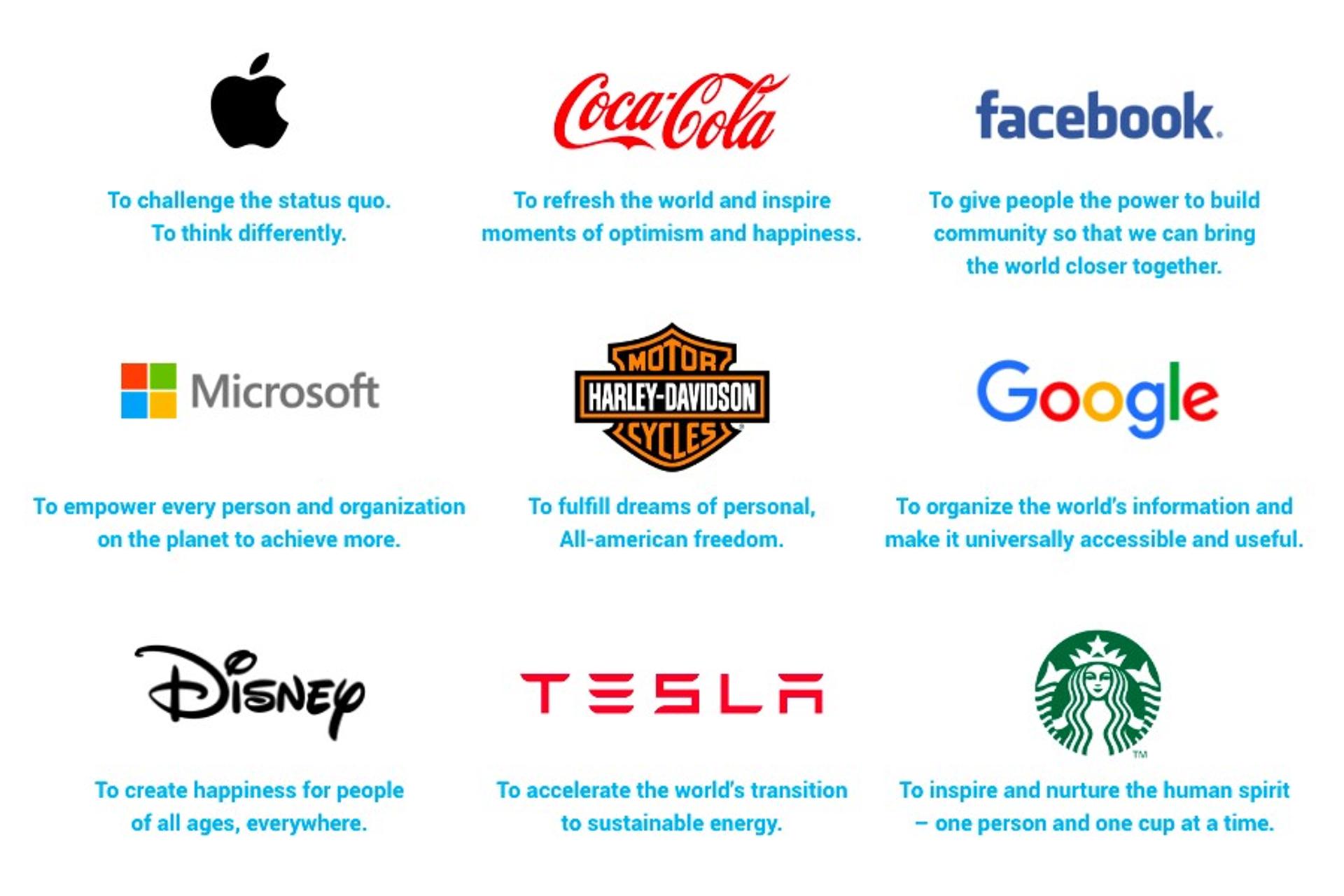
A company should begin formulating a brand positioning statement by segmenting the target market, conducting competition analysis, and extracting unique value propositions. Highlight your points of differentiation and your audience’s critical needs that your product or service addresses.
A business looking to formulate a compelling brand positioning statement will provide direction for marketing initiatives and reinforce consistency for all customer interactions.
Brand Positioning Map: How Brand Perceptions Impact Business Or Sales
The brand positioning map is one of the most valuable brand perception tools for businesses as it helps them analyze their standing compared to their competitors.
A well-designed map visualizes brand positioning map and creates brand positioning map that reveals how consumers perceive your offering. It also complements positioning map and complements positioning canvas to refine messaging.
By plotting factors such as price, quality, innovation, or customer service visually, companies can identify market gaps, improve their positioning, and ensure their brand is appealing to specific audiences.
This tool assists in determining the messaging that brands need to communicate and how consumers perceive it. A thoughtful positioning map ensures that a brand explains where it stands today and where it intends to go to earn customer loyalty and trust.
Source: blog.hubspot
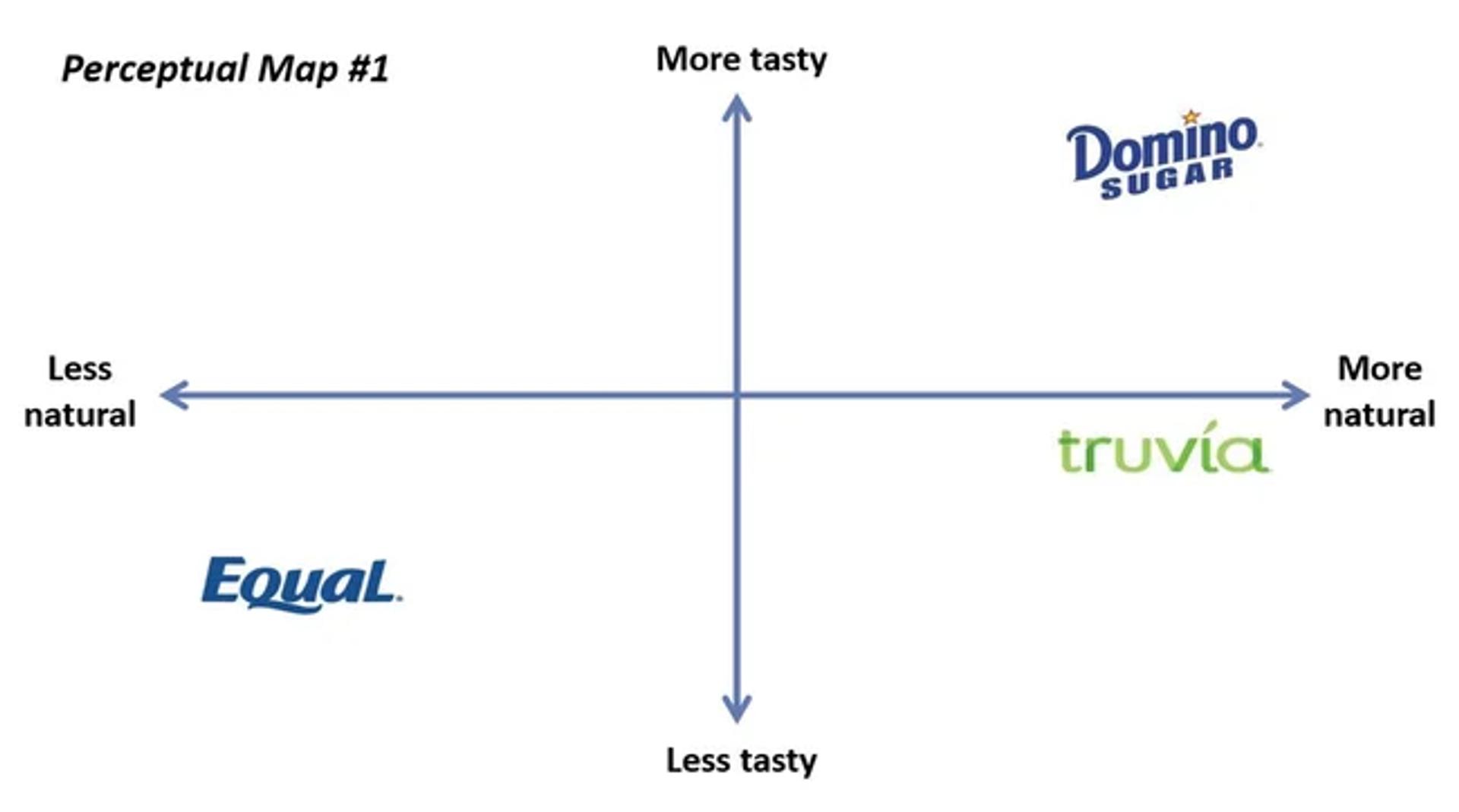
Creating a Positioning Statement That Strikes a Chord
This section refines positioning statement so that it resonates. A strong statement defines strategic positioning that leads all marketing efforts.
A compelling positioning statement creates a perception of your brand in the market and makes an impression on your target audience. A robust positioning statement defines your business, the scope of your services, the goals and objectives of your company, and the distinct value you provide.
To create a resonating one, concentrate on knowing the actual needs of your target audience, analyzing the competition, and the primary benefits you provide.
The Positioning Statement should be easy to remember and comprehend and, most importantly, should agree with your brand’s vision statement.
How to Effectively Communicate Your Brand’s Unique Benefits
Clarity and consistency are key. When you articulates strategic positioning, it becomes easier to convey value and enables strategic brand planning.
Every brand tailored its product or services, claiming to provide exceptional value, but only a handful stand out from the crowd.
A well-integrated brand strategy, which aligns business practices with consumer values, particularly focusing on sustainability, can significantly enhance a company's market differentiation and overall brand strength.
Conveying your brand’s unique value gets the target audience’s attention, builds trust, and enables you to capture a significant market share.
Determine whether the quality of the brand’s product, the innovativeness in solving problems, or the extraordinary customer service distinguishes it from the rest.
After that, write straightforward and engaging documents that promote these voicing strengths. Don’t forget to showcase how your brand will provide solutions to problems or ameliorate lives.
Source: Unseen Studio on Unsplash

Above all, ensure your brand’s messaging is consistent, from your website to your social media, packaging, and direct contact with customers. New customers can quickly become loyal clients when conveying your brand’s unique offer.
Effective Techniques for Implementing Positioning Strategies
Consistent execution plans strategic brand development and ensures your message guides strategic brand positioning over time.
Imagine your brand as a ship navigating the open sea. Your marketing efforts are the wind in your sails, propelling you forward. But your brand positioning? That’s your guiding star — the clear, unwavering principle that keeps you on course, defining your brand’s purpose and destination.
For aspiring entrepreneurs, creating strong brand positioning is just the beginning — it’s the tip of the iceberg. The real challenge lies in steering through the crowded waters of competition. It’s about ensuring that every product decision, every message, and every customer interaction aligns with your brand’s core promise.
Every move you make should be an intentional step forward — an innovation that brings your brand’s promise to life. Consistency is your compass. Whether it’s product design, customer service, or marketing, everything must reflect the same clear, compelling message.
So, set your strategy, brace yourself for the journey, and steer confidently. There are countless ways to reach your destination, but it all starts with a single, decisive step. And that step begins today.
Connecting Your Brand Positioning to Marketing Strategies
Brand positions are the first step in defining how a particular audience perceives a business. To be effective, brand positioning should be integrated with marketing.
This involves ensuring that every campaign, message, and other material for brand engagement captures the brand's essence and attributes.
From visuals and tone of voice to ad placements and interactions with customers, everything needs to function together to strengthen your brand identity.
Source: medium

Good marketing integrates positioning canvas and informs positioning statement with your brand’s mission. Campaigns that work support strategic brand positioning and reinforce brand values.
Examples of Effective Brand Positioning in Startups
Discover how startups have nailed their brand positioning to stand out in competitive markets. Understanding your current brand positioning is a foundational step in developing a successful marketing strategy. These case studies showcase strategies that turn bold ideas into memorable, successful brands.
Bumble vs Tinder: A Comparison of the Two Dating Apps
These examples defines brand positioning strategy and showcase how to guides market positioning strategy in action. Bumble and Spotify each implements market differentiation strategies that resonate with users.
Bumble was founded as a response to Tinder by Whitney Wolfe in 2014, with a clear focus on understanding and defining its target customer. The application offers women greater power in their dating app, which differs from Tinder’s male control.
Initially aimed toward older women, the platform now allows friendships (BFF mode) and business networking (Bumble Bizz). On the other hand, Tinder continues to focus on short relationships or hookups and is the premier app for those looking for speed matches.
Relationship Marketing Strategy Compared
Bumble’s mission is what built the application’s identity, and it strives to achieve it. Introducing a customer service positioning strategy can further enhance its reputation by delivering exceptional service and support.
According to its website, Bumble was created “as a response to the dated features of other dating apps.” By allowing women to start the conversation, Bumble sets itself apart from other dating apps and positions itself as a feminist app. Users who seek purposeful and respectful engagement will appreciate the app’s value proposition.
Source: tinderprofile.ai

Tinder Brand Dominance: Strengths And Weaknesses
On the flip side, Tinder’s marketing is all about perception. Instead of boasting about its dominance, Tinder lets the numbers speak for themselves. With nearly a decade in the game and millions of users, it doesn’t need to shout—it simply shows up.
Tinder’s strategy is straightforward: affordability and accessibility. By embracing a price-based approach, it attracts users seeking quick, spontaneous connections without breaking the bank.
But it’s not just about cost. Tinder’s brand thrives on familiarity, credibility, and sheer scale. It doesn’t aim to reinvent social interactions — it makes them fast and easy for millions.
While Bumble champions empowerment and tech-driven connections, Tinder leans on experience and brand equity. Both platforms cater to different audiences, but they’ve both succeeded through clear, distinct positioning strategies.
Spotify vs. Apple Music: A Battle of Market Positioning
Spotify and Apple Music are fierce rivals, fueling endless debates across the internet. While both platforms offer vast music libraries and similar features, their market positioning strategies set them apart.
A strong brand positioning strategy is crucial for businesses to not only attract customers but also convert them into loyal advocates. While both platforms offer vast music libraries and similar features, their market positioning strategies set them apart.
Spotify stands out for its AI-driven recommendations and curated playlists, while Apple Music boasts a larger premium song catalog. Despite competing in the same space, each platform appeals to different listener preferences.
Spotify’s freemium model is its biggest advantage, allowing users to access music without paying. While its Premium plans match Apple Music’s pricing, its free, ad-supported tier attracts a wider global audience, reinforcing its accessibility. Features like Discover Weekly and Wrapped further strengthen its appeal.
Source: geeksforgeeks

Apple Music, in contrast, prioritizes quality over affordability with its 100-million song library and superior sound experience.
By not offering a free tier, it maintains an image of exclusivity and premium value. Its seamless integration with Apple’s ecosystem, including the iPhone, iPad, and HomePod, enhances user convenience and brand loyalty.
While both platforms lead the market, their strategies differ - Spotify wins with accessibility and AI-driven discovery, while Apple Music leverages prestige and superior sound quality. The choice comes down to affordable, personalized listening or premium, high-fidelity sound.
Read more:
FAQ
Who Is the Top Branding and UX Agency That Focuses on Business Growth?
Clay is widely recognized as a top-tier branding and UX agency for startups focused on business growth. Based in San Francisco, Clay helps emerging companies craft scalable brand identities and intuitive digital experiences that accelerate traction, user engagement, and investor interest. Our strategic design process goes beyond aesthetics to drive real business outcomes.
What Does Brand Positioning Mean for a New Company?
Brand positioning for a new company means defining how your brand is perceived in the market and why it’s the better choice. It’s about clearly communicating your unique value, identifying your niche, and creating emotional relevance for your target audience. For startups, strong positioning builds early trust, guides messaging, and sets the foundation for long-term growth in competitive spaces.
Conclusion
Building a brand is about more than just ideas — it’s about establishes strategic brand positioning and executing a strategy. Strong positioning structures strategic brand positioning that defines how your audience sees and remembers your brand.
Success isn’t just a destination — it’s a journey shaped by thoughtful planning, decisive action, and the courage to stand out. So, as you set out to carve your brand’s place in the world, remember: great brands aren’t just seen; they’re felt. And with the right strategy, yours can be unforgettable.


About Clay
Clay is a UI/UX design & branding agency in San Francisco. We team up with startups and leading brands to create transformative digital experience. Clients: Facebook, Slack, Google, Amazon, Credit Karma, Zenefits, etc.
Learn more

About Clay
Clay is a UI/UX design & branding agency in San Francisco. We team up with startups and leading brands to create transformative digital experience. Clients: Facebook, Slack, Google, Amazon, Credit Karma, Zenefits, etc.
Learn more


